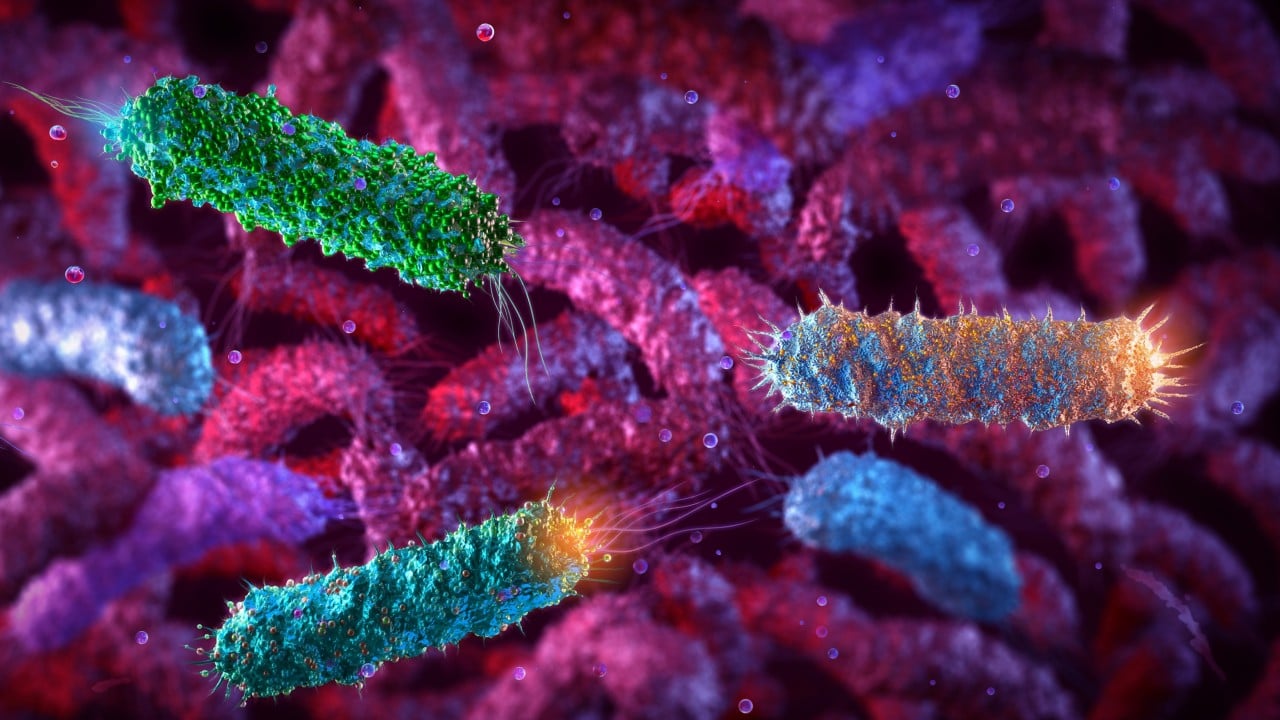It is a common gut bacteria that never normally sees the light of day, but now Chinese scientists have engineered E coli so that it can harness sunlight like a plant.
Advertisement
Incorporating a custom-designed artificial photosynthetic system into the bacteria, researchers have been able to make the E coli capable of using sunlight and carbon dioxide to synthesise chemicals for industrial use, such as acetone.
The scientific breakthrough could have major impacts for the industrial and agricultural sectors, helping to reduce its carbon footprint, according to the research team, whose findings were published in peer-reviewed journal Nature Communications on January 2.
“We have taken a very important step in using artificial photosynthetic systems to allow non-photosynthetic microorganisms to photosynthesise,” corresponding author Liu Gaoqiang, a professor from Central South University of Forestry and Technology, told news outlet China Science Daily.
In the paper, the team described the new-to-nature photosynthesis system as providing “a road map for transforming non-photosynthetic microbes into novel photosynthetic life forms”.
Advertisement
“Although a promising proof of concept remains incomparable to natural photosynthetic bacteria, this system provides new insights into the development of fully photoautotrophic E coli cell factories capable of producing value-added bioproducts,” they wrote.

